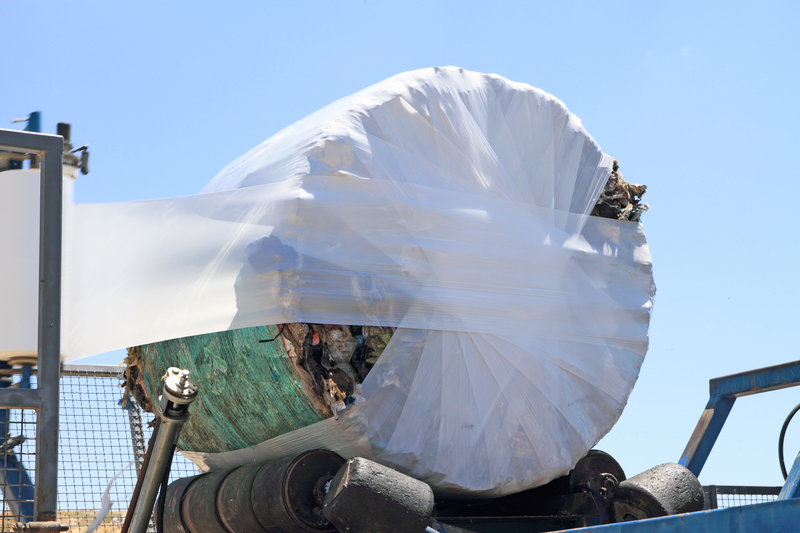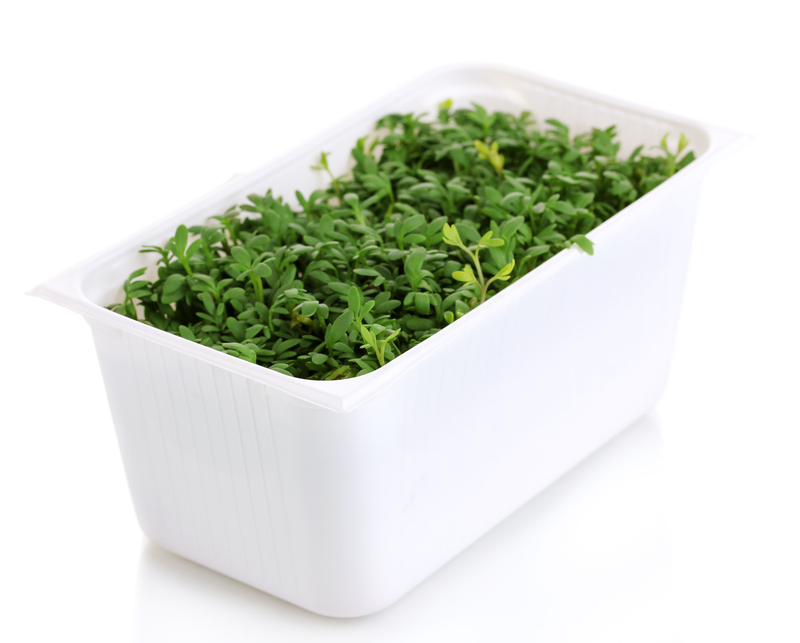Local Solutions to a Global Microplastic Pollution Problem
In recent years, the world has become increasingly aware of the pervasive threat posed by microplastic pollution. These tiny plastic particles, generally less than 5mm in size, infiltrate every corner of our environment, from the deepest oceans to the highest mountains. Despite the global scale of this problem, grassroots initiatives and local solutions can play a significant role in combating microplastic pollution.
Understanding Microplastic Pollution
Microplastics are a byproduct of the larger plastic pollution problem. They originate from the breakdown of larger plastic debris, microbeads in personal care products, and synthetic fibers shed by textiles. Once in the environment, microplastics are virtually impossible to remove, as they are nearly invisible yet incredibly persistent.
These particles pose serious threats to marine life and human health, as they can be ingested by aquatic organisms and eventually find their way up the food chain. The need for effective local solutions to microplastic pollution is urgent and requires a multifaceted approach.

Community-Led Clean-Up Initiatives
One of the most effective local strategies is organizing community-led beach and river clean-ups. These initiatives not only help remove waste from water bodies but also raise awareness about the impact of microplastics. Here are some steps to implement a successful clean-up campaign:
- Engage local volunteers: Mobilize schools, local businesses, and community groups to participate in regular clean-up activities.
- Collaborate with local authorities: Partner with local governments to provide support with logistics, safety, and waste disposal.
- Spread awareness: Use the clean-up events as educational opportunities to inform participants about preventing plastic pollution.
Policy and Legislation
To complement grassroots efforts, local governments and policymakers need to implement regulations that directly address microplastic pollution. Several strategies can be employed at the local level:
- Ban microbeads: Implement legislation to ban the use of microbeads in cosmetics and personal care products, similar to laws adopted in various countries around the world.
- Promote sustainable practices: Encourage local businesses to adopt sustainable materials and processes, reducing their plastic footprint.
- Implement waste management systems: Invest in proper waste management infrastructure to ensure plastics are collected, recycled, or disposed of responsibly.
Innovative Local Solutions
Innovation at the local level can bring significant strides in tackling microplastic pollution. From technology-driven solutions to unique community-driven approaches, local innovators have developed various strategies, such as:
Biodegradable Alternatives
One promising approach involves developing biodegradable alternatives to traditional plastics. Local businesses and researchers can collaborate to create products made from natural materials such as algae, fungi, or biodegradable polymers that do not contribute to the microplastic problem.
Advanced Filtration Systems
Innovative filtration systems can prevent microplastics from entering waterways. These systems can be installed in washing machines to capture microfibers shed by synthetic textiles before they reach our water systems. Local governments can also retrofit storm drains with filters to reduce plastic waste flow into rivers.
Community Education and Involvement
Education is a cornerstone of effective environmental action. By fostering a deeper understanding of the microplastic issue among local populations, communities can be empowered to drive change. Here are some effective educational approaches:
- School programs: Integrate topics on microplastic pollution into school curriculums, ensuring the next generation is informed and prepared to take action.
- Workshops and seminars: Host regular workshops for adults in the community to educate them on reducing their plastic usage and participating in local solutions.
- Public campaigns: Launch local campaigns using social media, posters, and local news outlets to keep microplastic pollution top-of-mind for all residents.
Collaborative Networks and Community Hubs
Building collaborative networks between different stakeholders--including local businesses, NGOs, and government agencies--can increase the effectiveness of efforts against microplastic pollution. Establishing community hubs as centralized points for these efforts can concentrate and strengthen local actions.
Sustainable microplastic solutions require collaboration across various sectors since a unified effort leads to more substantial outcomes.

Measuring Impact and Continuous Improvement
To ensure that local solutions are effective, it is essential to measure their impact. This involves monitoring the volumes of plastic waste collected, the reduction in microplastic levels in local water bodies, and tracking changes in community behaviors regarding plastic use.
Regular assessments of local strategies allow for continuous improvement and adaptation to new challenges as they arise.
Conclusion
While microplastic pollution is a global issue, local solutions hold the key to significant and sustainable impacts. By leveraging community involvement, implementing effective policies, fostering innovation, and focusing on education, local governments and communities can contribute to reducing the presence of microplastics in the environment.
Ultimately, a collaborative approach involving multiple stakeholders at the local level can pave the way for global change. As awareness and education continue to spread, community-driven solutions will play a crucial role in transitioning to a more sustainable and microplastic-free world.